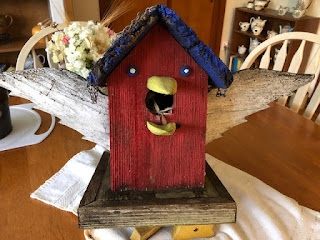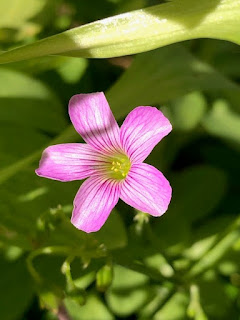We are just about out of January – already. Time goes so quickly. My youngest middle granddaughter turned 18
yesterday. She assured me that was
correct – she is now, absolutely positively 18 years old. Personally,
I still think someone miscounted the years.
Then, I got to wondering – what exciting interesting things
might I have maybe almost missed this month.
Well!, I didn’t miss this one. This month as been so J A N U A R Y I S H for
us –
rainy,warm,overcast,cloudy,rainy,cool,cold,rainy,overcast,cool,warm,overcast
and did I say rainy???
that I’ve spent more days reading than anything else.
Book Blitz Month
Make January your
Personal Book Blitz month by -
Read the books that are sitting on your shelf that you have
been wanting to read. check
Re-read your favorite series. check
Read a book from a new author or an author that your friend
recommended. check
Read a book that was made into a movie. check
And, yea!, I didn’t miss this either. I lean toward being a tea drinker anyway but
when it’s cold and damp, a hot cup of tea warms me right up.
National Hot Tea
Month
Peppermint Tea helps to relax the muscles of the digestive
tract and reduce spasms.
Passionflower Tea promotes sleep and relaxation, lowers
blood pressure.
Black Tea is rich in antioxidants, has few or no calories,
has minimal sodium, proteins, and carbohydrates, and is known for its curative
qualities
I’m pretty sure the whole world missed this one.
No Name Calling Week:
21-25
Ok – I had to look this one up. Someone has too much time on their hands is
all I can figure out if they came up with …
Dimpled Chad Day: 4
Noun 1. dimpled
chad - a chad that has been punched or dimpled but all four corners are still
attached
chad - a small piece
of paper that is supposed to be removed when a hole is punched in a card or
paper tape
I certainly hope everyone participated on this day. If you did miss it, start today. I
included one of my favorite Shel Silverstein poems – hugging is so much better
than tugging.
National Hugging Day:
21
Hug O' War By Shel Silverstein
I will not play at
tug o' war.
I'd rather play at
hug o' war,
Where everyone hugs
Instead of tugs,
Where everyone
giggles
And rolls on the rug,
Where everyone
kisses,
And everyone grins,
And everyone cuddles,
And everyone wins
OK, well, this one makes me glad we don’t have snow – well,
real snow, the kind that is more than 2 inches deep and hangs around for weeks
at a time.
Snowplow Mailbox
Hockey Day: 23 It was created to
give those snowplow drivers a day to have fun. Here's how to play: See how far you can whack
a mailbox with just your snowplow! 20 extra points if you hit it out of the zip
code!
And finally, today is
Toad Hollow Day of
Encouragement: 26 comes from the legend of Toad Hollow which is rooted in
an 1800's school house in Kalamazoo, Michigan and the stories told by Ralph C.
Morrison. Morrison said that Toad Hollow
cannot be found on a map, but rather, it's found in your heart. This is a day to give encouragement
and support to others (people you like, and even those you do not).
26 Jan 2019

















































